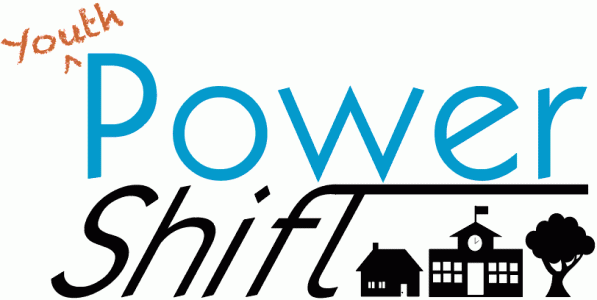
Youth Power Overview
This two-hour training is designed to introduce organizations to Asset Based Community Development principles and the Empowered Communities approach to implementing these principles. This training event can be tailored for audiences of any size. Participants gain an understanding of:
- The seven basic needs found in every community with the goal of a holistic strategy: physical, vocational, environmental, social/emotional, the need for power and control, the need for collective voice, and psychospiritual needs.
- The difference between relief, individual betterment and community development approaches and when each is most appropriate.
- How one-way giving approaches can undermine an empowerment effort and how to shift to an approach that fosters mutual interdependence.
Youth Power Shift Series
Shift Training Series are designed for groups of 6-20 individuals who are interested in learning how to apply an Empowered Communities approach and who have identified a community in which they will apply these principles.
All of our Shift Learning Cohorts gain an understanding of the basic development framework and 8 key paradigm shifts. Each training session is 2 hours long and can be delivered over a time frame that works best for the sponsoring organization and relevant stakeholders.
Part I of the series lays a foundation and defines the key principles that undergird the development effort, while Part II focuses on implementation of the process and the tools used in the implementation phase. Through a Shift Learning Cohort, participants will gain:
Part I: A basic understanding of Asset Based Community Development including:
- The seven basic needs found in every community and an understanding of current investments in addressing these basic needs: physical, vocational, environmental, social/emotional, the need for power and control, the need for collective voice, and psychospiritual needs. (Framework of Understanding Community Needs)
- The difference between relief, individual betterment and community development approaches and when each is most appropriate. (Shift #1: Relief to Development)
- How one-way giving approaches can undermine an empowerment effort and how to shift to an approach that fosters mutual interdependence. (Shift #2: Doing For to Doing With)
- The importance of place and narrowing the scope of the development effort to a specific geographically defined group, neighborhood or sub-group of a school, neighborhood, or organization. (Shift #3: Cause to Community)
- Basic understanding of the six types of assets and gifts found in every community (individuals, associations, institutions, physical environment, methods of exchange, and culture) and the role each plays in a development effort with particular attention on the importance of the “gapper” role. (Shift #4: Needs to Assets)
Part II: An overview of the four capacity building processes: Listening, Leadership Development, Team Building and Partnership Development
- How to conduct a listening project to discover the hopes, dreams, gifts and talents of the community. (Shift #5: Working our Plan to Discovering Dreams)
- The three components of an effective leadership development process: one-on-one coaching, peer-to-peer communities of practice, and ongoing training through learning cohorts. (Shift #6: Participants to Owners)
- The four CARE practices for effective team building: create safe space, ask self-awakening questions, reflect collectively and enact the next faithful step. (Shift #7: Committee Building to Beloved Community)
- How to build partnerships that can help sustain a community-defined, constituent-driven community development effort. (Shift #8: Outside In to Inside Out)